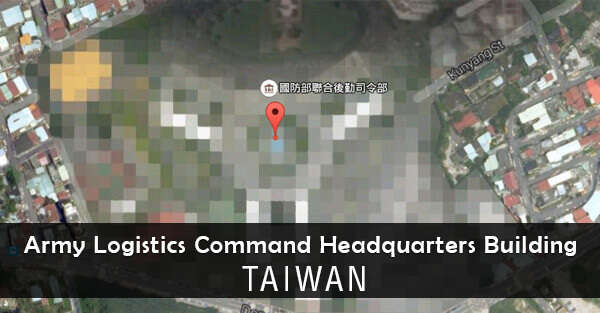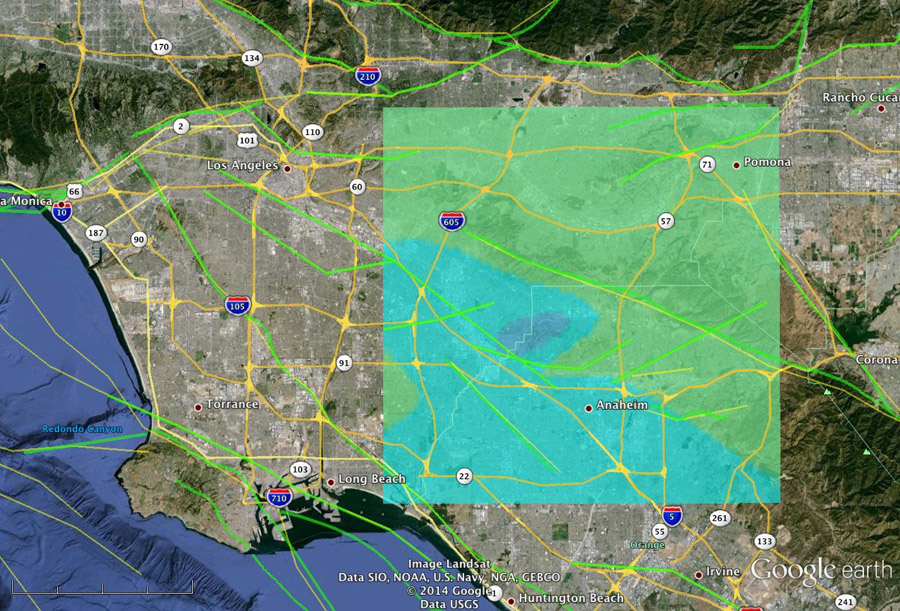
The post More Italian earthquakes and the Google Earth earthquake layer not updating appeared first on Google Earth Blog. In addition, much of the imagery was captured and analysed before Sunday’s earthquake, which was the largest. The images vary in quality and are mostly marked with damage assessments, so it is difficult to see the actual damage in the imagery. However, the Copernicus Emergency Management Service does provide imagery in the form of downloadable images of the main affected areas. We have not yet found any imagery for these latest earthquakes available for Google Earth.

You may also want to slightly separate the two sliders a in the time toolbar for the best results. Note that if you choose one of the animated KMLs, you must click the play button on the time toolbar in order to see the earthquake markers. Use the KMLs provided directly by the USGS to find earthquakes in Google Earth and not the built in layer. Those KMLs are kept up to date and do show the recent Italian quakes, although a layer called ‘tectonic plates’ that is in the KMLs does not work. The data for the layer comes from the USGSs which provides KMLs of earthquake data which you can find here. When layers like this are broken, Google should consider either fixing the layer, or, as they did with the weather layers, remove the layer altogethers so as to not cause confusion. We also had a look for the Japanese Kumamoto Earthquake form April and that too is not in the layer, so it would appear the layer has not been updated for some time. The earthquakes layer has always been restricted to large earthquakes, but the Sunday earthquakes at a preliminary magnitude 6.6s was the largest in Italy in 36 years. However, if you enable the Google Earth ‘Gallery->Earthquakes’ layer, there is no trace of either of these events. The earthquakes were centred just north west of the locations of the August earthquakes.
#Google earth 3d earthquake map series
Italy has again suffered a series of earthquakes, with the largest occurring this past Sunday, October 30th, 2016. Here are a couple of ‘before and afters’ showing just how many landslides there were in some places. It must be noted that landslides appear to be common in the region, with many landslide scars being visible in older imagery, too. The image in question has quite a lot of cloud cover, but in the gaps between the clouds we can see the scars of a large number of landslides. We thought it would be interesting to examine the sentinel 2 Imagery in Google Earth. It also mentions this article, which shows a map of the locations of the landslides so far identified using Sentinel 2 imagery. The Landslide Blog has done a number of posts on the Kaikoura landslides ( 1, 2, 3 and 4).

The affected region is mountainous with steep slopes and the earthquake resulted in a large number of landslides, including creating some landslide dams (a topic we have covered in the past). On November 14, 2016, the South Island of New Zealand experienced a 7.8 magnitude earthquake named the Kaikoura Earthquake after the town of Kaikoura near the quake’s epicentre.


 0 kommentar(er)
0 kommentar(er)
